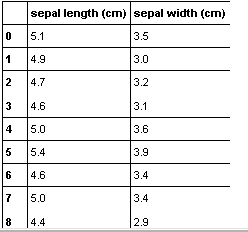In this chapter we will cover the following recipes:
- Doing basic classifications with decision trees
- Visualizing a decision tree with pydot
- Tuning a decision tree
- Using decision trees for regression
- Reducing overfitting with cross-validation
- Implementing random forest regression
- Bagging regression with nearest neighbor
- Tuning gradient boosting trees
- Tuning an AdaBoost regressor
- Writing a stacking aggregator with scikit-learn



